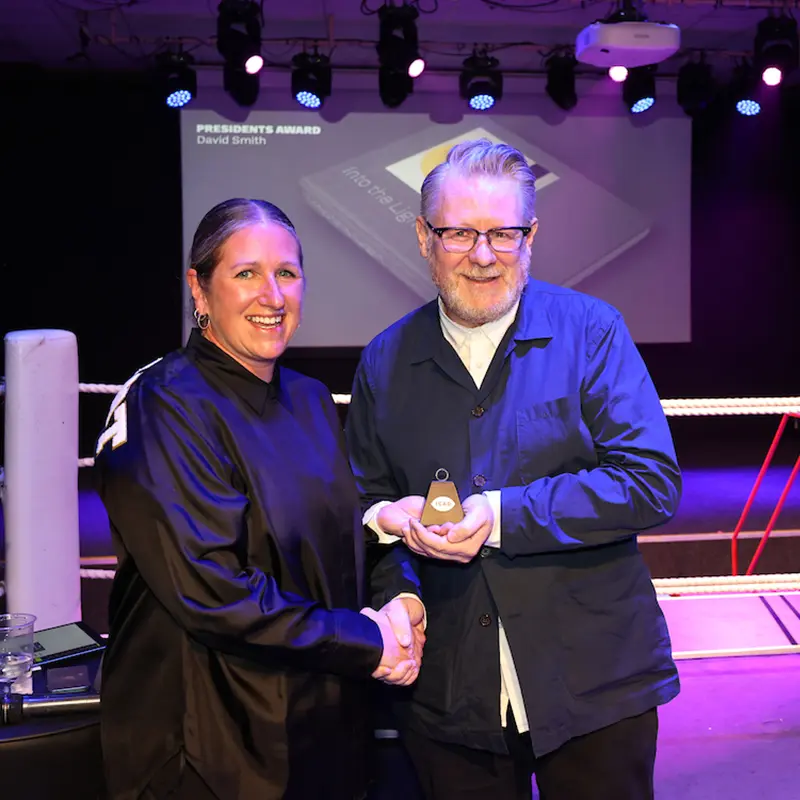
Open exclusively to ICAD members, the ICAD Awards have stood as the very benchmark of creative excellence in Ireland since 1958. Recognised nationally and internationally, the coveted ICAD Bell represents the highest standard of creative work, achieved by the finest creatives. Uniquely, the ICAD Awards unite the Irish commercial creative sectors together, recognising production, design and advertising disciplines in one programme.

KEY DATES 2025
April 16th: Launch and call for entries
April 23rd: Super Earlybird rate of €75 ends
April 30th: Earlybird rate of €100 ends
May 28th: Deadline for entries
June 2nd: Validation of entries
June 27/28th: Judging
July 8th: Results ratified
September 5th: Publication of 2025 Commendations
Sept 18th: ICAD Awards

ENTRY FEE
Super early bird rate: €75 (until Apr 23rd)
Early Bird rate: €100 (until Apr 30th)
Standard rate: €125
Student & Greenhorn (≤3 years experience) rate: €25
20% Discount: For freelancers, not for profits, charity and businesses with 3 or less employees. Contact us at [email protected] to claim this discount.
Fee Waiver: In certain instances, we may grant a fee waiver to applicants who can show significant financial hardship and for whom paying the application fee would be an insurmountable barrier to entry. For more details see the Fee Waiver Policy or email [email protected]

ELIGIBILITY
All key creatives for a given entry must be current ICAD members, or in the case of craft categories, the key craftsperson e.g. the photographer for a Photography entry. The person actually entering projects into the awards platform does not necessarily require ICAD membership; however, the creative on whose behalf the work is being entered does. Anyone you’d expect to go on stage to accept the award should be a member.
Entries must have been commercially released between April 1st 2024 and March 31st 2025, produced in response to a genuine brief from a client or approved by a client and made available to the public.